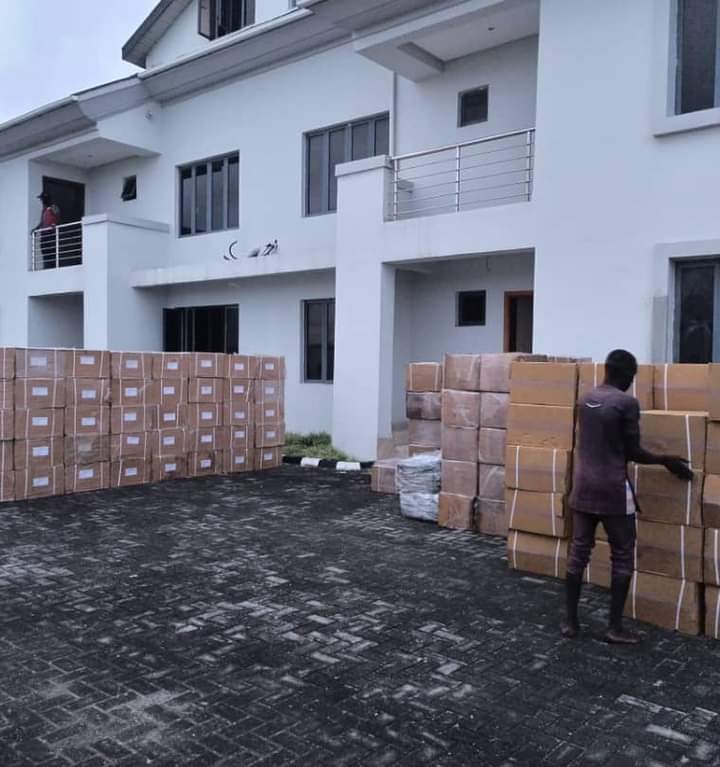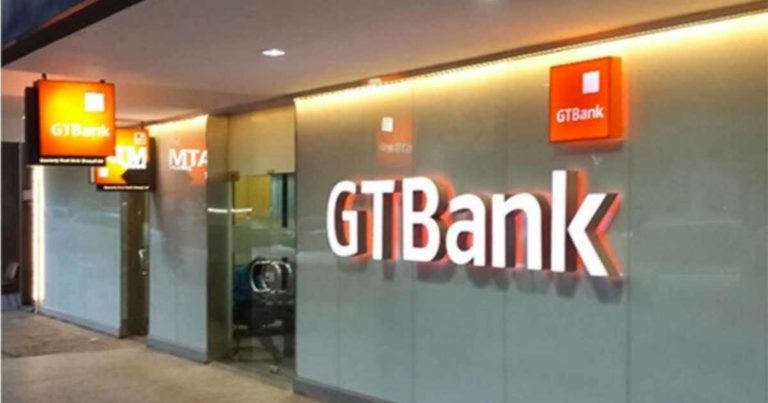Scary Takeoff: Southwest Boeing 737 Makes Emergency Landing After Engine Cover Failure
Imagine soaring down the runway, ready to embark on your journey, only to experience a terrifying engine malfunction. This harrowing scenario unfolded for passengers onboard Southwest Airlines Flight 3695 on Sunday, adding another chapter to the saga of safety concerns plaguing Boeing aircraft.
The Federal Aviation Administration (FAA) reported that the Boeing 737-800, destined for Houston, was forced to return to Denver International Airport shortly after takeoff. The reason? A missing engine cover. The crew detected the issue and promptly informed air traffic control, declaring an emergency and requesting an immediate return. Thankfully, the plane landed safely, and according to the FAA, the missing engine cover collided with one of the wing flaps during takeoff. Passengers onboard documented the ordeal firsthand, capturing footage that aired on major news networks like CNN and ABC. The videos showcased a disturbing scene – a crucial piece of the engine fluttering precariously in the wind.
Southwest Airlines characterized the incident as a “mechanical issue” and reassured the public that the plane landed safely. The affected passengers were rebooked on other flights, and the airline reiterated its commitment to passenger and employee safety. However, this incident reignites anxieties surrounding Boeing’s recent safety record.
The company has been under intense scrutiny following the tragic crashes of 737 MAX planes operated by Lion Air and Ethiopian Airlines in 2018 and 2019, respectively. These devastating events, where faulty flight control software played a major role, led to the grounding of the 737 MAX for nearly two years. While Boeing implemented modifications and the plane was eventually cleared to fly again in late 2020, the public’s confidence in Boeing’s engineering and safety protocols remains shaken.
This engine cover incident, though not on the same catastrophic scale as the 737 MAX crashes, adds to a growing list of concerns. There have been other safety hiccups involving different Boeing models, including electrical problems and issues with the Dreamliner. These repeated incidents have significantly tarnished the company’s reputation.
The pressure on Boeing is mounting from all sides. US regulators, the Federal Aviation Administration (FAA), have demanded substantial safety improvements within the next 90 days. This deadline looms large, and failure to comply could have significant consequences for Boeing’s commercial operations. The company is also facing public backlash on social media, where many are expressing concerns about the safety of Boeing aircraft.
Beyond the court of public opinion, Boeing is facing heightened scrutiny of its supply chain. Investigations are targeting companies like Spirit AeroSystems, one of Boeing’s major suppliers. The focus here is to identify any potential lapses in quality control or manufacturing processes that might have contributed to recent safety incidents.
The emergency landing of Southwest Airlines Flight 3695 serves as a stark reminder of the paramount importance of aircraft safety. While everyone onboard this flight emerged unscathed, the incident underscores the urgency for Boeing to address ongoing safety concerns and regain the trust of the flying public. The company must not only implement stricter safety measures but also ensure clear and transparent communication with the public and regulatory bodies to rebuild confidence in the airworthiness of its airplanes.






